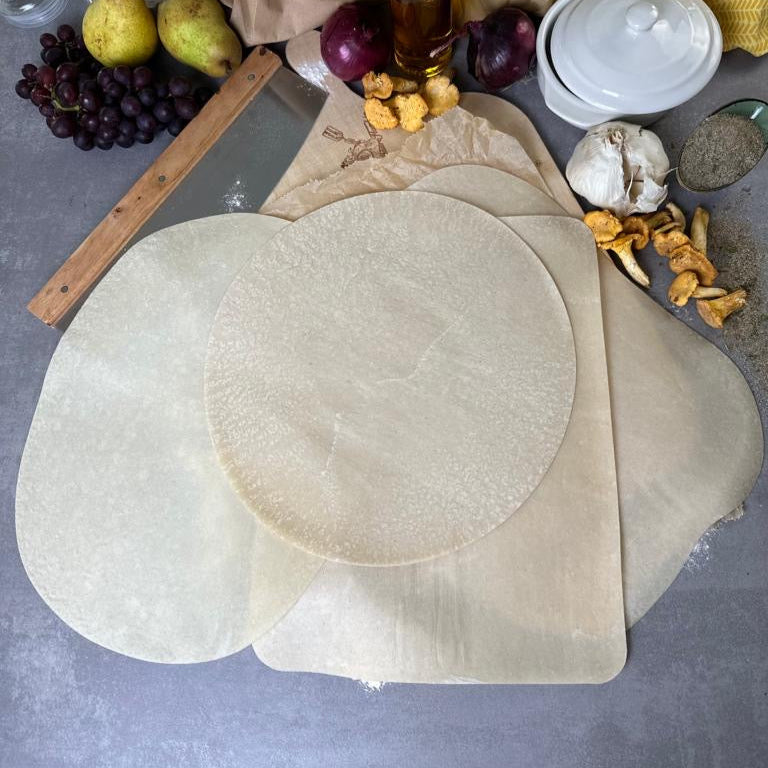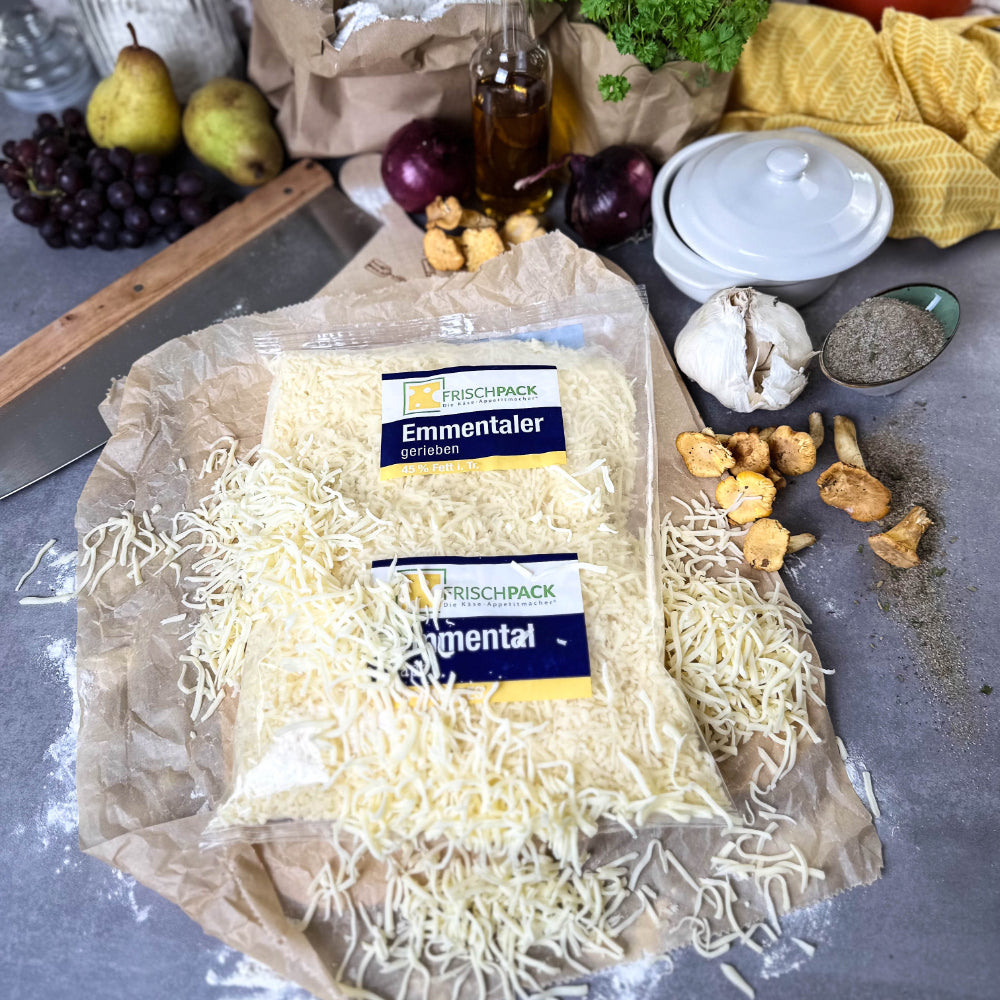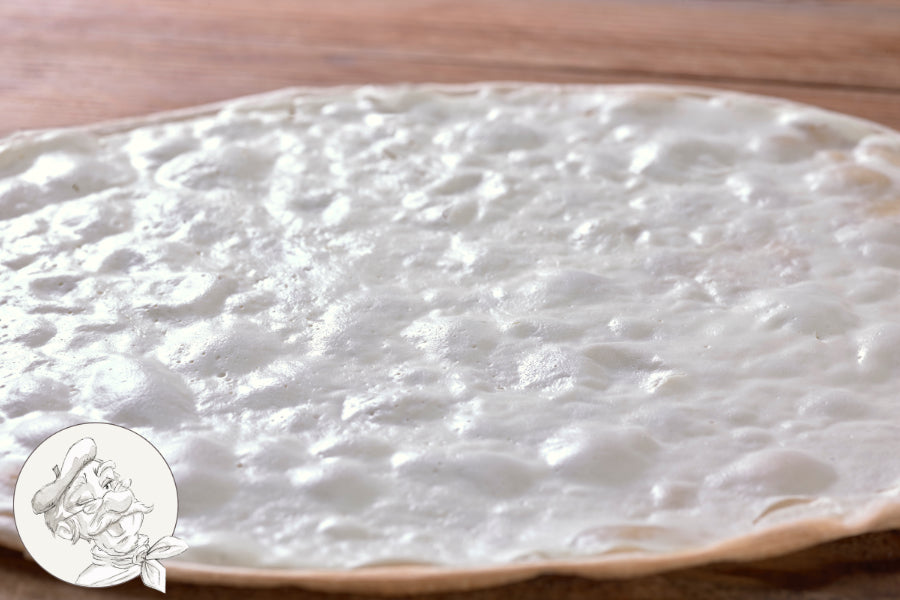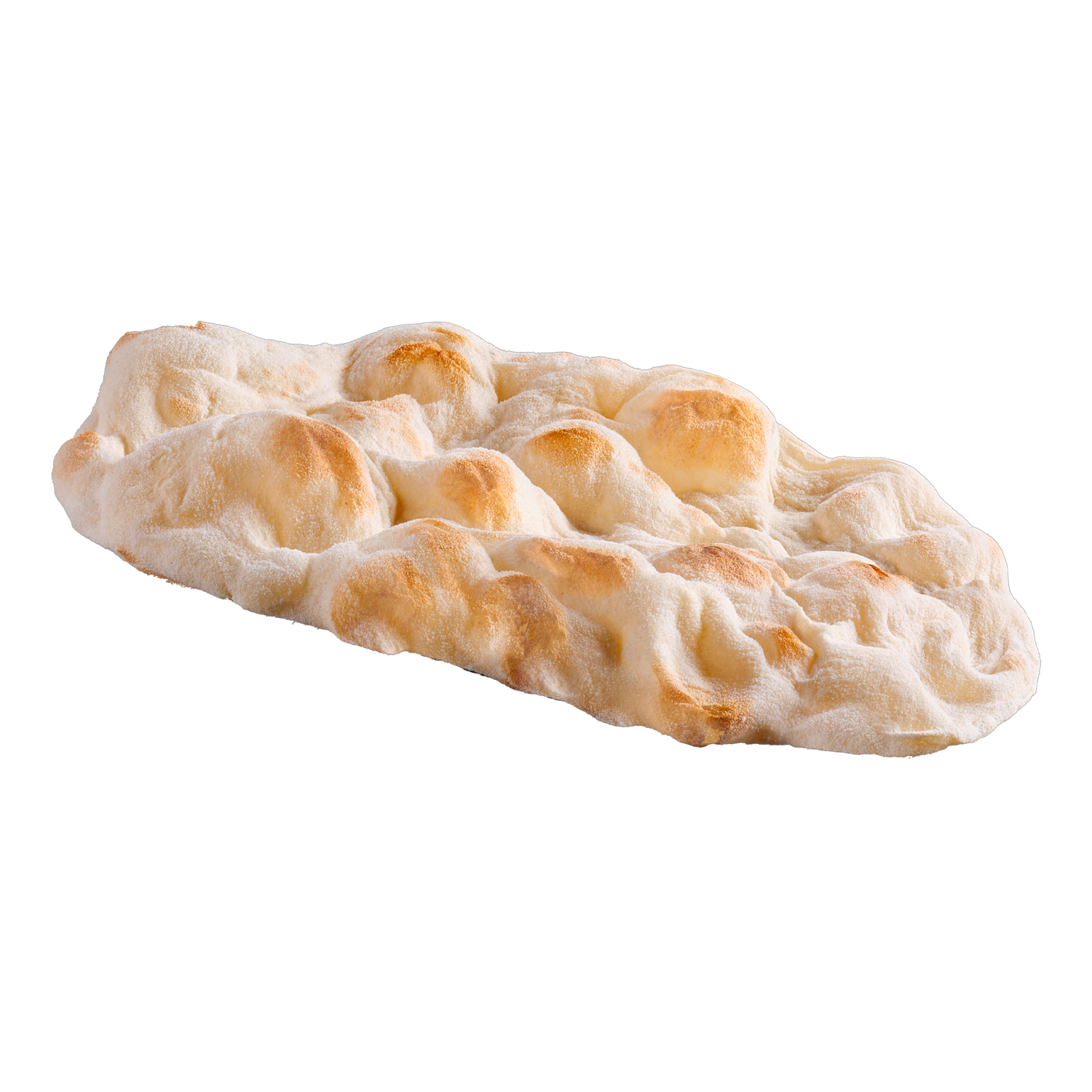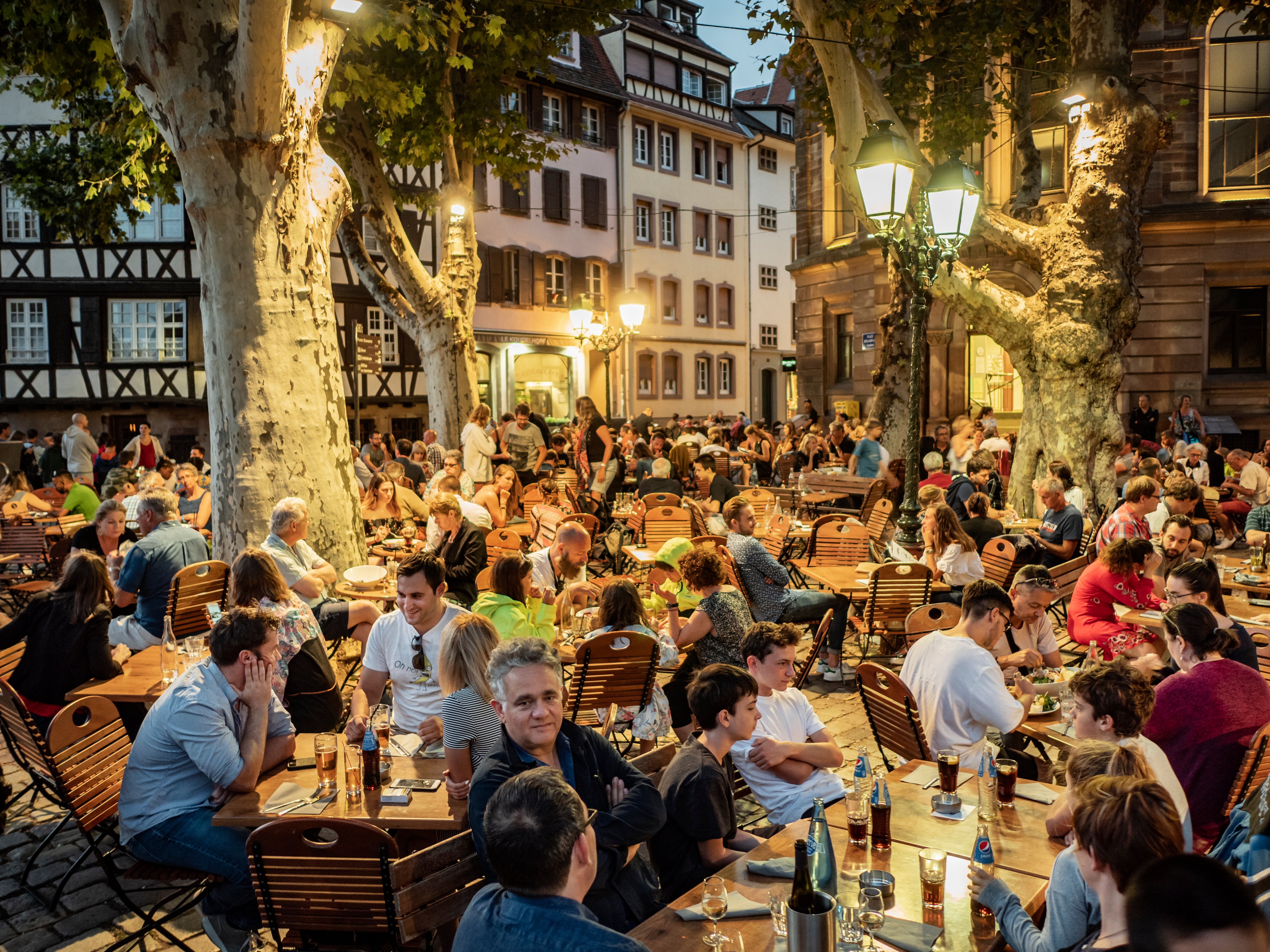In my youth, original Alsatian tarte flambée was served in the cellar of Château Langenberg near Wissembourg. The conviviality in this cellar attracted a whole host of cheerful people from all generations – an unparalleled attraction for original Alsatian tarte flambée. The atmosphere in this cellar dive was unique; it's hard to experience such an exuberant atmosphere today...
People sat together and talked. They talked about everything under the sun, even about the dog at the next table, which had just lifted its leg on the bench outside, or about other earth-shattering matters. On one side of the basement room stood baskets filled with dough, which was rolled out, topped, and placed in the wood-fired ovens as "tarte flambée."
Sometimes there was a green salad with garlic for the tarte flambée—sometimes not. There was always plenty of Côtes du Rhône. But we couldn't always afford it—there was also open rouge in a carafe, which was usually good, inexpensive, and had its effect.
This also included guitar playing, sometimes as early as early evening. It was always loud. It was also loud because of the far-reaching discussions, sometimes heated – but always conciliatory in the end. Tolerant people drank and ate for hours in this basement. They sat at long, dark wooden tables. On the tables lay wooden boards on which the tarte flambée was cut. The tarte flambée was not ordered; instead, the waiter repeatedly slid it onto the boards freshly baked. For each tarte flambée, a chalk mark was placed on the table. Everyone at the table grabbed a piece.
The lively conversation didn't have to be interrupted by orders from the waiter; the freshly baked tarte flambées were literally endless. Somehow, eating tarte flambée on the Langenberg was always completely relaxed, carefree, simple, casual—and usually quite fun.
